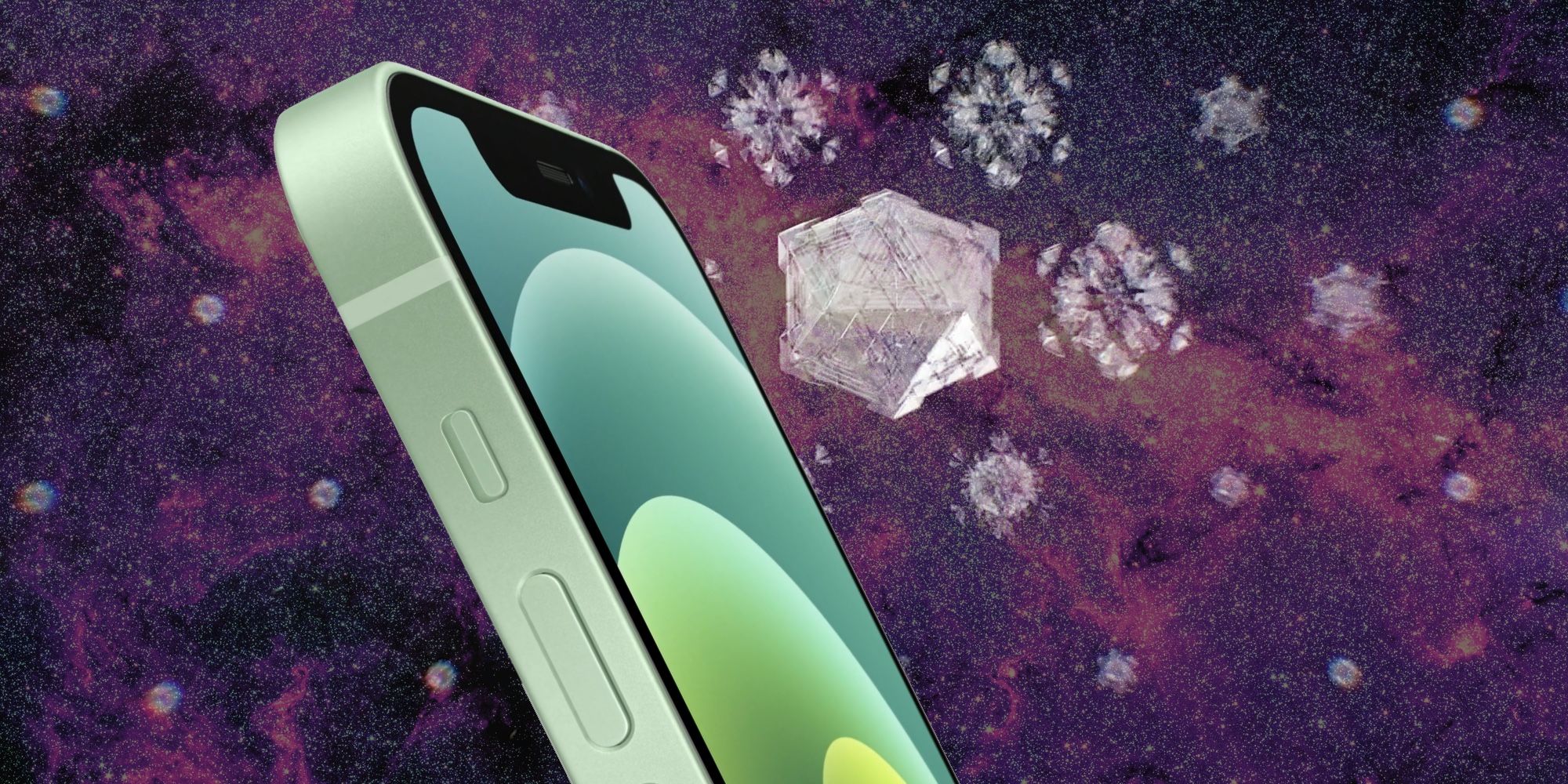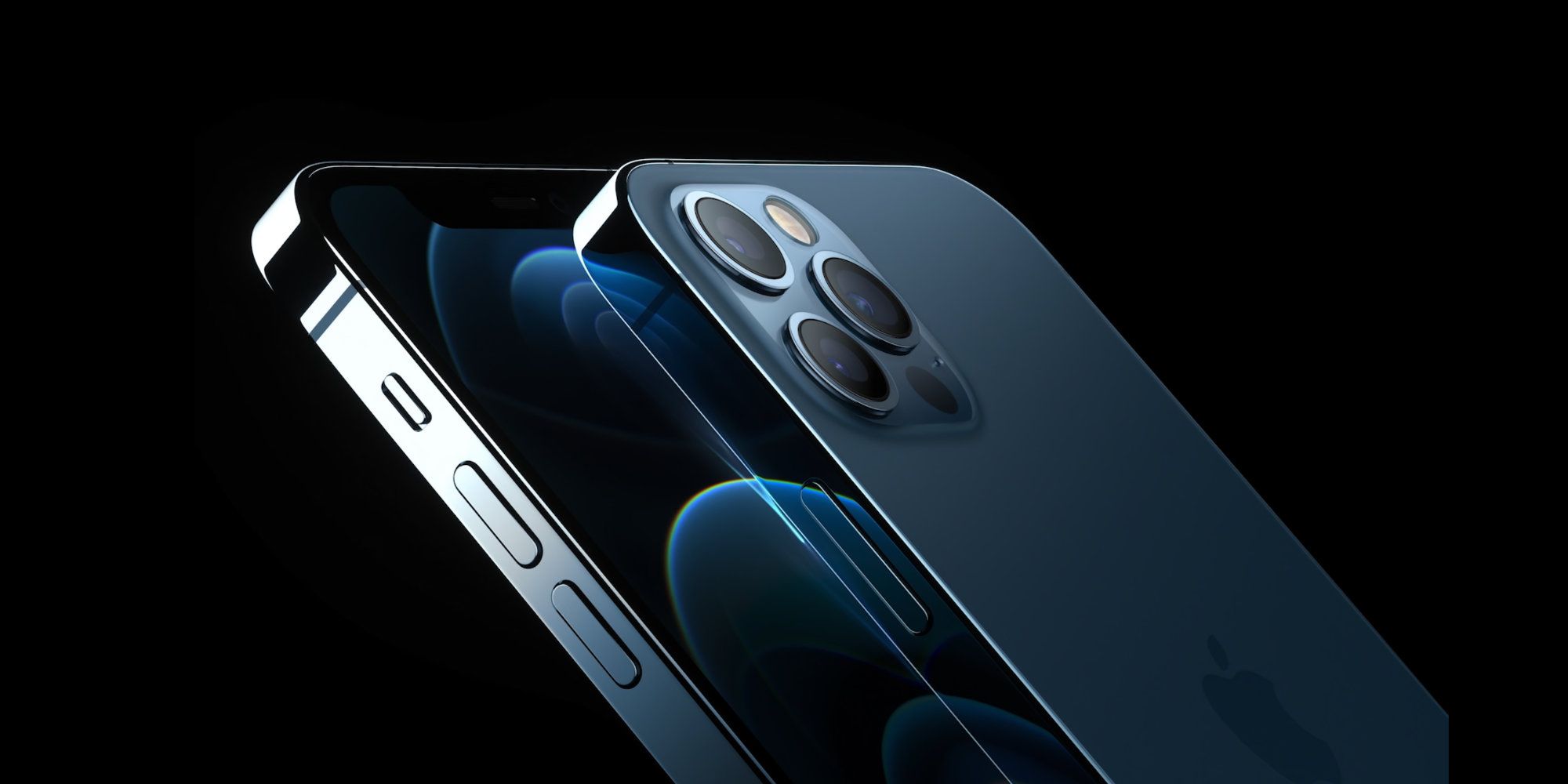Apple’s Ceramic Shield is one of the most impressive features announced for the new iPhone 12. The headline claim is that this new material greatly improves drop protection, offering four times better performance when compared to the iPhone 11. Apple also claims scratch resistance through a dual ion-exchange process, though the scratch protection wasn’t quantified with a number and a comparison to the previous generation was not made.
Apple, like other top smartphone manufacturers, knows that durability is important to shoppers, so there is an ongoing effort to create stronger glass each year. Apple partners with Corning to develop new materials for use in the iPhone and other devices. Once known more for Pyrex cookware and Corelle dishes, Corning is now more readily recognized as the creator of Gorilla Glass, the top choice for Android phone makers. The previous best glass on the market, Gorilla Glass Victus, was released earlier this year and is used in Samsung’s flagship Galaxy Note 20 Ultra. Apple partnered with Corning to develop Ceramic Shield, but Apple holds the patent, so this technology will not be available for other manufacturers.
Ceramic Shield is glass, but contains nano-scale ceramic crystals. Ceramic has higher scratch resistance than most metals, so the added strength claimed makes sense. Apple points out that ceramic is not transparent, so it required a formula and process that would control the type and size of crystals produced and allow for the remarkably hard but optically clear material. Apple claims Ceramic Shield is tougher than any other smartphone glass, but what will happen when it lands in the hands of intrepid video reviewers who will put it to the test? Several drop tests have already been done, though these are admittedly unscientific. What’s been revealed, though, adds credence to Apple’s claims. In a video by EverythingApplePro, the iPhone 12 screen survived repeated drops from waist height, head height and even drops from around 10-feet without cracking. In the same test, the iPhone 12 Pro finally succumbed with the screen cracking after multiple drops from a height of 10-feet. So Ceramic Shield checks out as very durable. However, Ceramic Shield is used for the screen only, not the rear of the device, and scratch resistance wasn’t compared to the iPhone 11.
iPhone 12 Scratch Resistance & The Rear Glass
MobileReviewsEh did both force testing and scratch testing on an iPhone 11 and iPhone 12. The force test demonstrated that the iPhone 12’s Ceramic Shield is much stronger. The scratch test showed the iPhone 11 screen was scratched at level 6, but the iPhone 12 Ceramic Shield was unscathed. It took a level 7 pick to scratch it. This means dirt may still be an issue, but scratches would at least be fainter. At least one Twitter user reported an easily scratched iPhone 12, but the owner admitted to stacking multiple iPhone models together for a photo. The camera lens is sapphire glass, which is harder than most other glass. If the phone screen slides against the camera lens, the sapphire glass is hard enough to scratch the Ceramic Shield glass. The back of the iPhone 12 uses dual ion-exchange glass which protects from scratches, but the durability wasn’t referenced by Apple. Apple used dual ion-exchange glass on the iPhone 11 screen and we know it has lower scratch resistance. In the drop test videos, it became clear that the rear glass is weaker than the front, though it also survived well when dropped from head height.
The iPhone 12 is a very tough device and Apple’s claim that Ceramic Shield is tougher than any smartphone glass seems to be true. However, the risk from an accidental drop may be greater than that of planned drop tests. There is an increased chance of bouncing and tumbling with more potential impacts and abrasions possible. For example, if an iPhone 12 drops from a pocket while running or cycling, it’s more likely to be damaged than it would be from a straight-down drop onto concrete from the same height. Ceramic Shield is a leap forward in screen durability, but an iPhone 12 can still be scratched with ordinary sand that may be in a pocket or bag, so a case and screen protector is still a worthy investment.
Source: Apple


